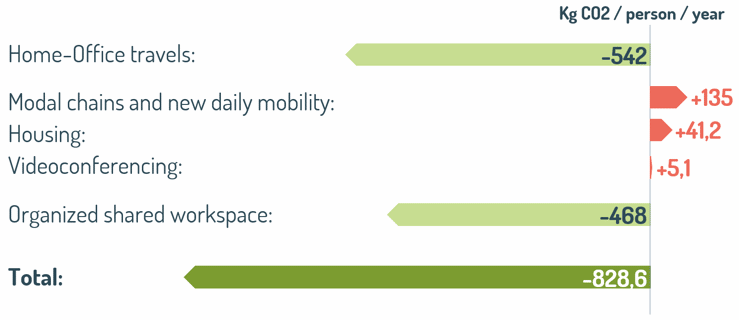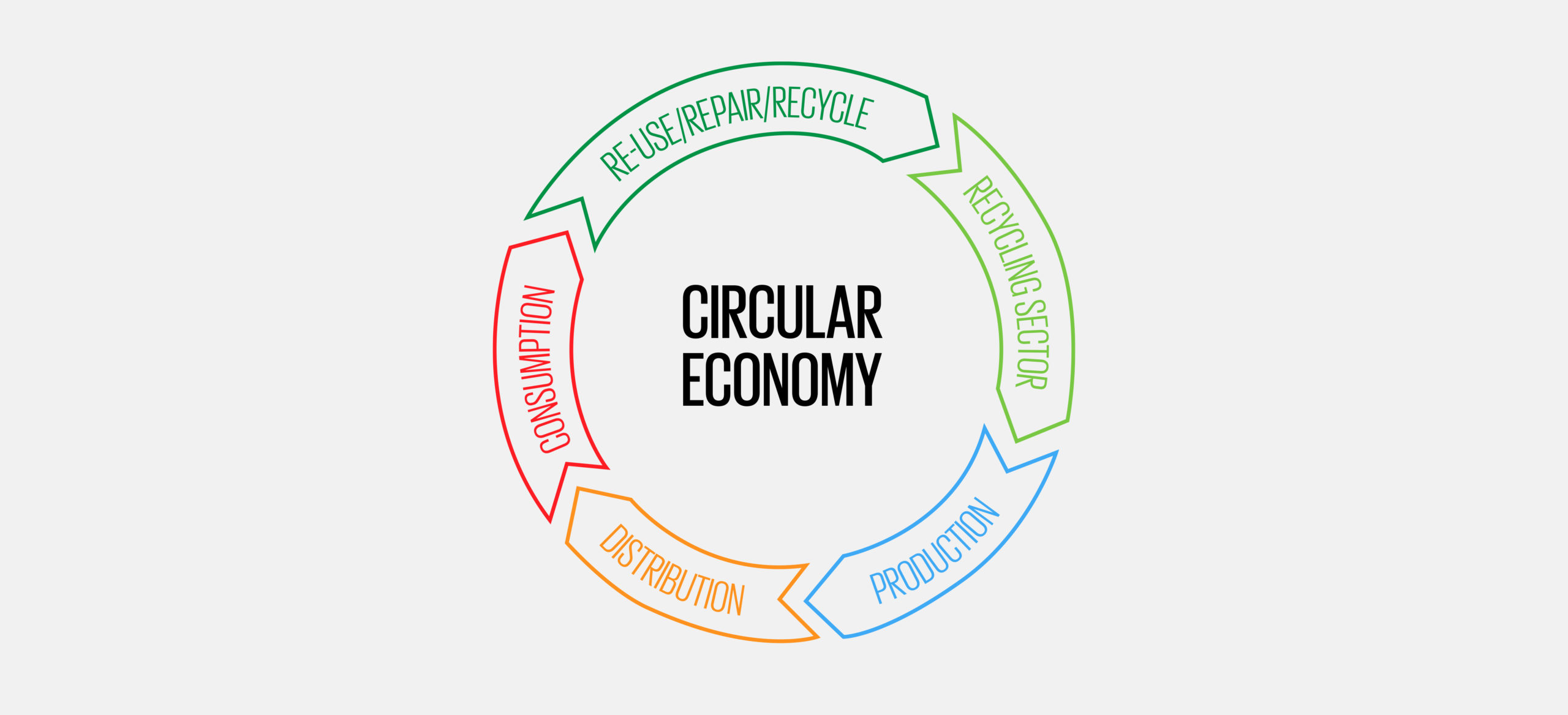By Xavier Orts and Michel Robberechts
Could hybrid work really help in climate and energy challenges?
Mitigating the climate and energy crises requires a massive reduction in our energy consumption. This is a Corporate Social Responsibility (CSR) for all organizations. It is a resilience factor for companies faced with soaring costs. Faced with these major challenges, the generalization of hybrid work provides us with pieces of remedies but also with some secondary effects, known as “rebounds”.
In its study “Les effets rebonds du télétravail”, the French agency for ecological transition (ADEME) made a quantified evaluation of the magnitude of these different impacts.
The study also shows that careful management of workspace sharing can double the positive effects. Let’s take a look.

Main impacts of hybrid work on energy consumption and CO2 emissions
A. The immediate effects of telework
ADEME states that the main immediate benefit is the avoidance of commuting. However, part of this benefit is offset by new mobility around the home, home heating and electricity, and video conferencing.
For 2 days of weekly telework, the orders of magnitude are as follows:

Belgium differs from France with a higher use of private vehicles for commuting instead of public transport and a higher proportion of fossil electricity (35% against 7.5%). Let us assume that the two effects compensate each other.
On this basis, we can conclude that the environmental benefit of 2 days of weekly telework is 361kg eqCO2 per teleworker per year.
B. Other low-hanging fruit:
ADEME has evaluated another very significant benefit: the reduction of office space and the corresponding heating, cooling, lighting, cleaning, etc.
Assuming an active management of space and its sharing, each day of telework per week leads to a saving of 20% in surface area and hence an environmental benefit of 468kg eqCO2/year for two days of homeworking per week.
Added to the immediate effects, this gives an annual reduction of 829kg eqCO2 per teleworker, i.e. 10% of his/her annual carbon footprint and quite logically 15% for 3 days of telework.

How can we maximize the positive impacts?
Reducing space by 20% per telework day implies organizing the smoothing of occupancy by coordinating the presence of teams from Monday to Friday.
Otherwise, the natural trend presented here has a limited potential for space reduction due to peaks particularly on Tuesdays and Thursdays.
There are different strategies for smoothing occupancy. But the very first step is always to measure the actual occupancy from an indisputable and preferably automated data source. Starting from the occupancy measurement results, and considering the specifics of your organization, the next steps in space reduction can be defined.

Conclusion
Beyond its many challenges, hybrid work brings very important environmental and economic benefits. The climate and energy contexts require us to make the most of it – now. It should be part of the focus of every real estate and facility manager, Environmental Societal Governance (ESG) responsible, CSR responsible, CFO and others.
















